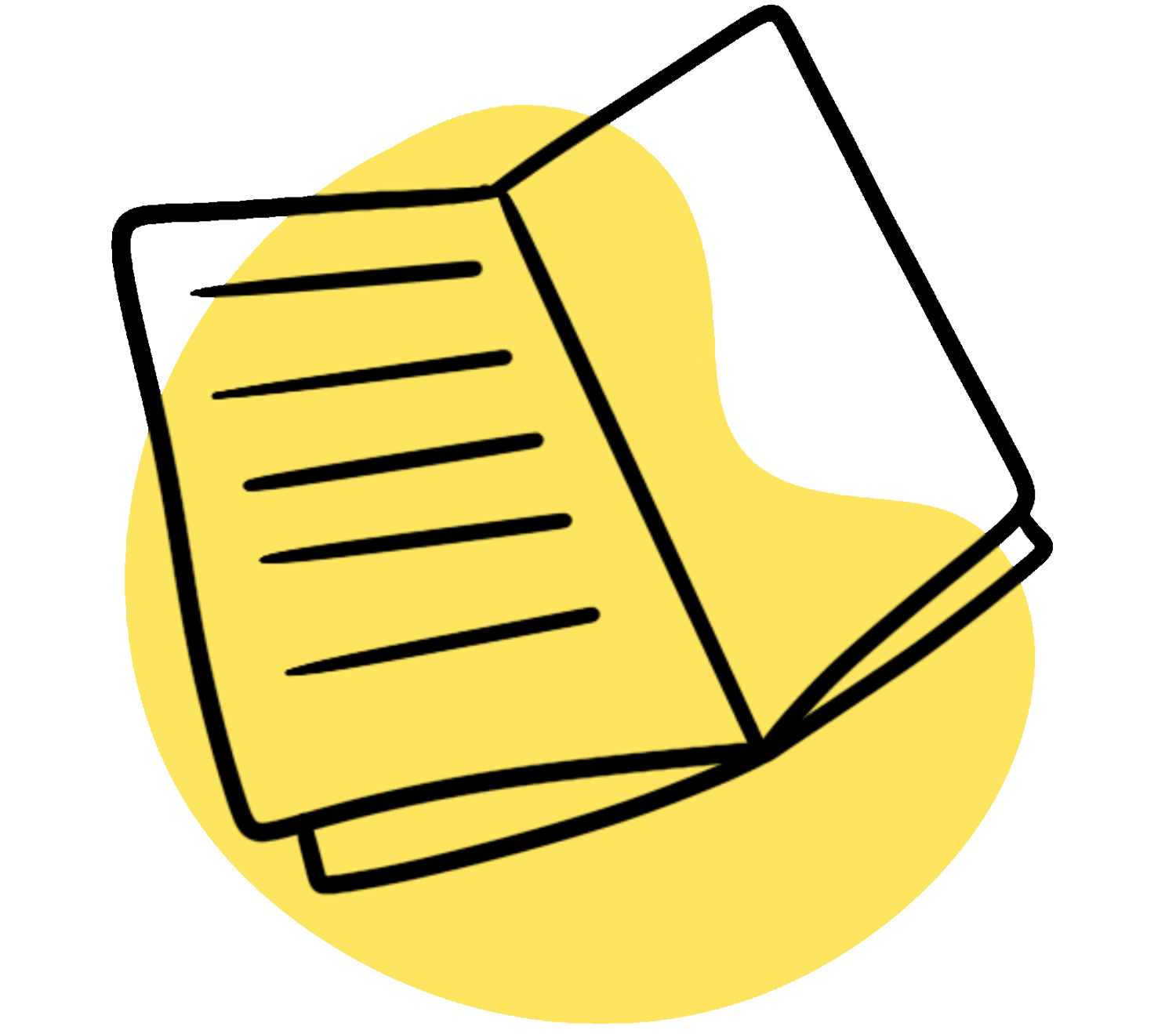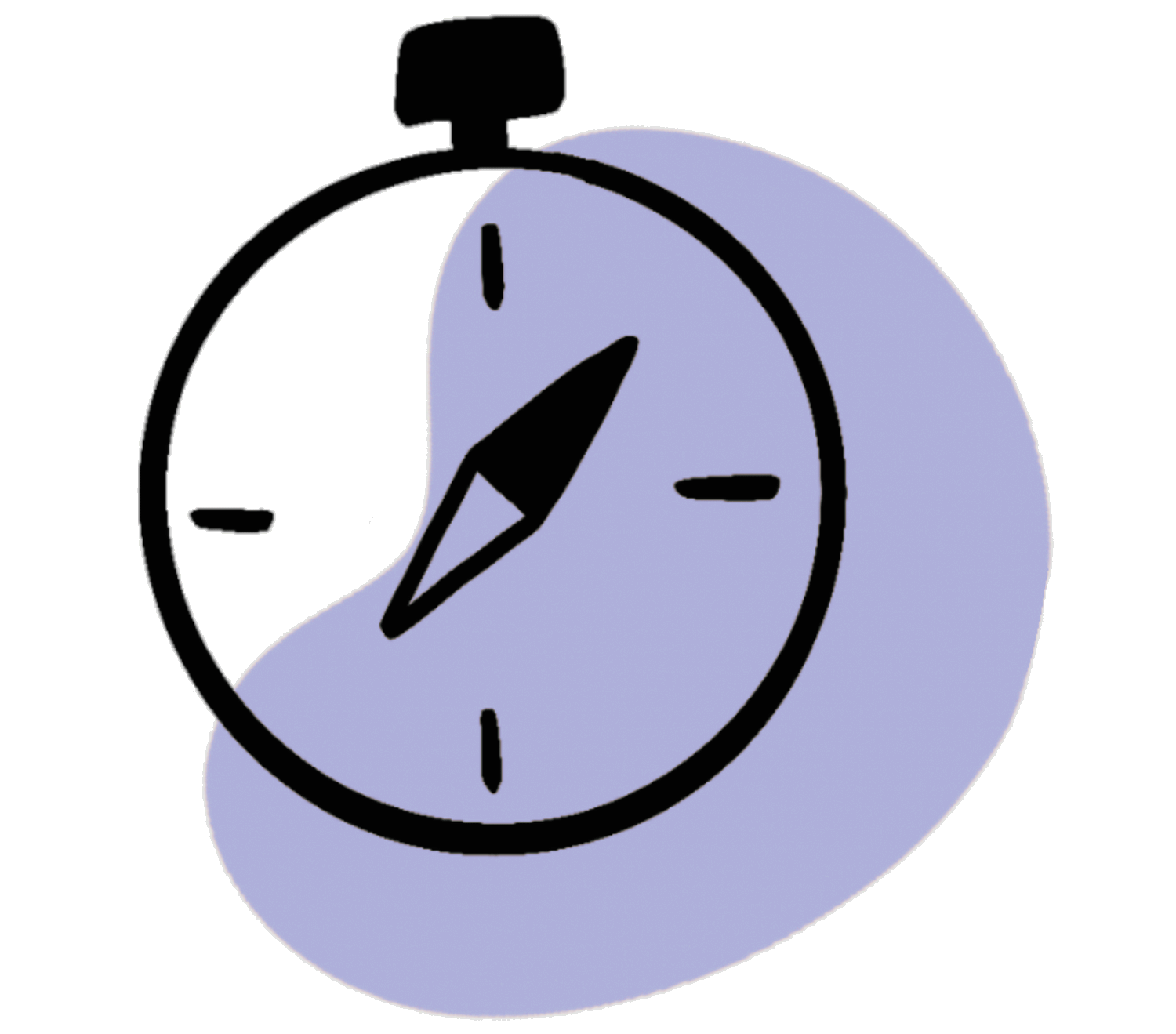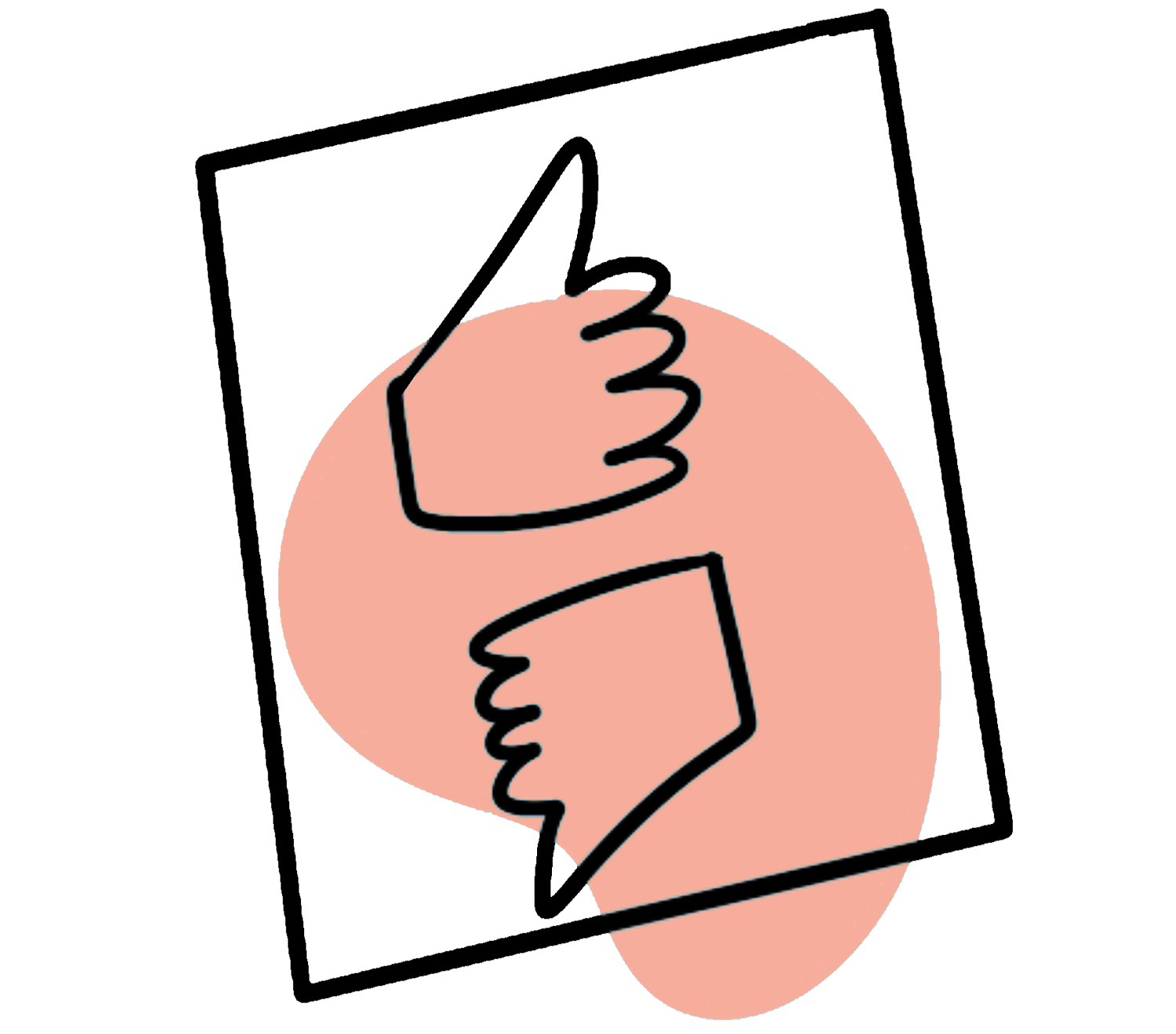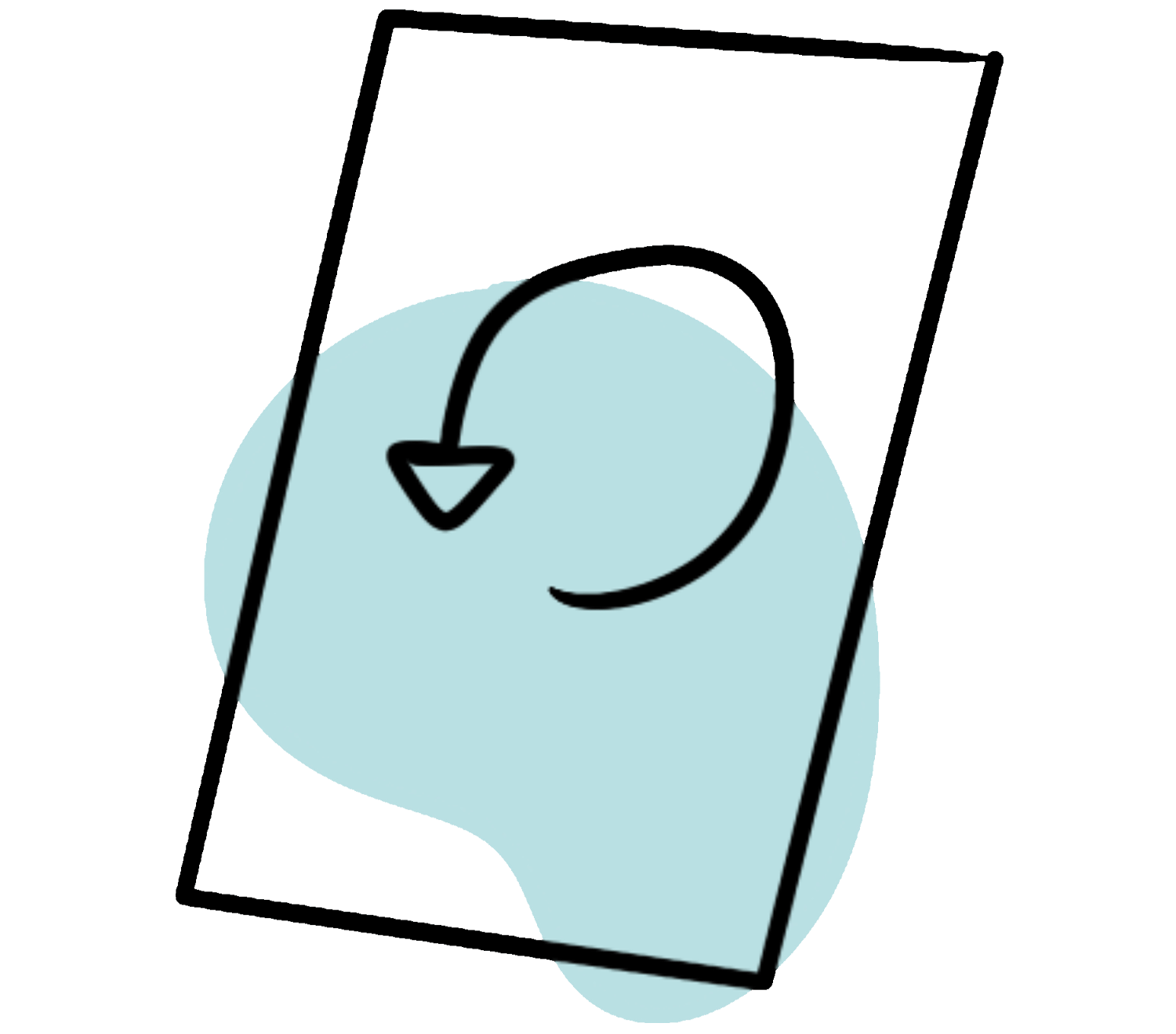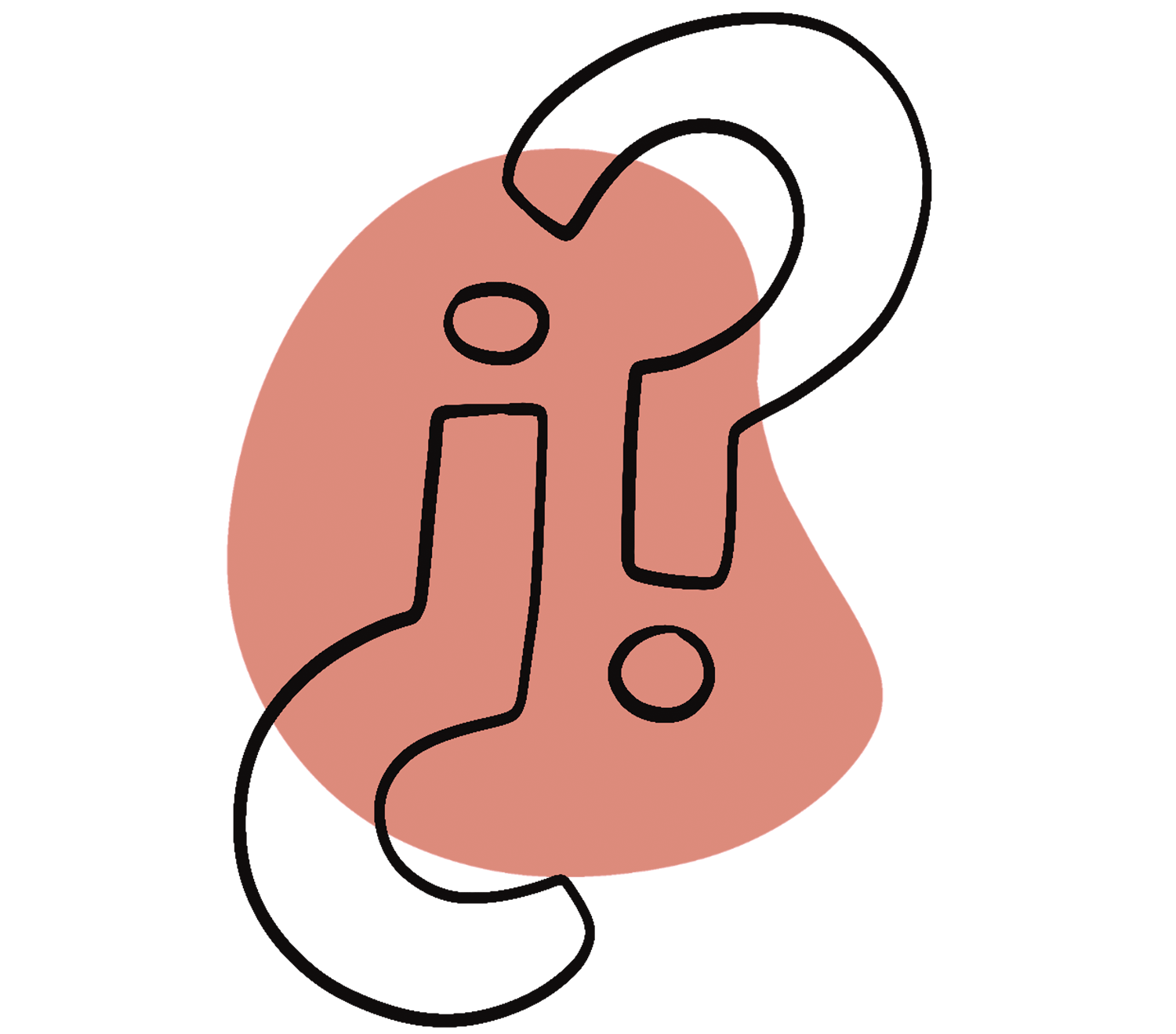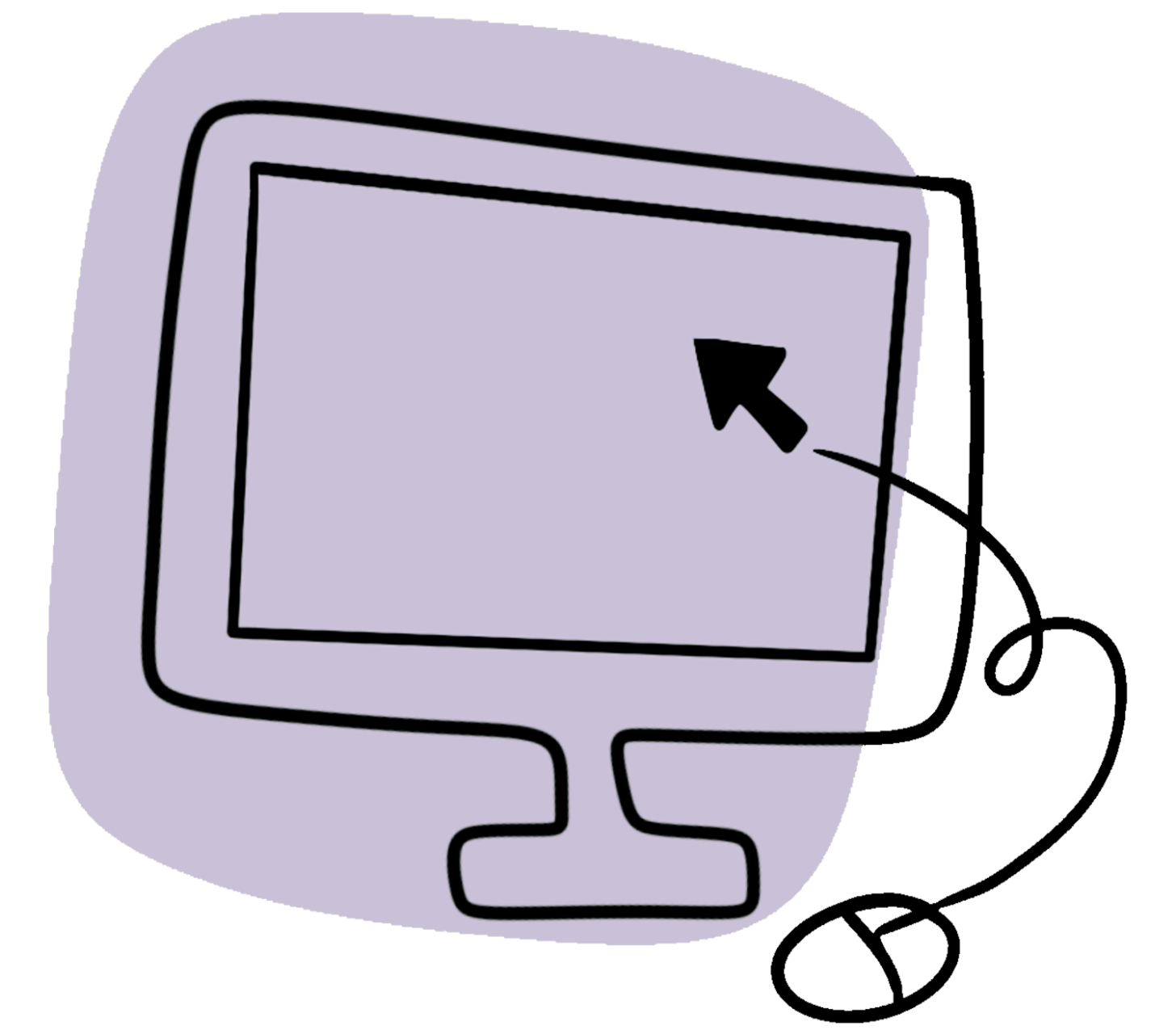
The table of contents carries the title “Table of Contents.” It lists all sections of the paper, including the bibliography, any other lists, and appendices. However, the table of contents itself is typically not listed as an item.
In the digital age of PDFs, it can be useful to include the page number of the table of contents itself in the listing so that readers can navigate more easily.
Only the content sections receive numbering – Arabic numerals are preferred. Page numbers are aligned to the right.
The table of contents must be complete and logically consistent: It reflects the structure of the paper, which should present the topic in a meaningful, systematic, and logically coherent order. In a good outline, subpoints relate to each other instead of following one another without connection. The table of contents should make this “common thread” clearly visible.
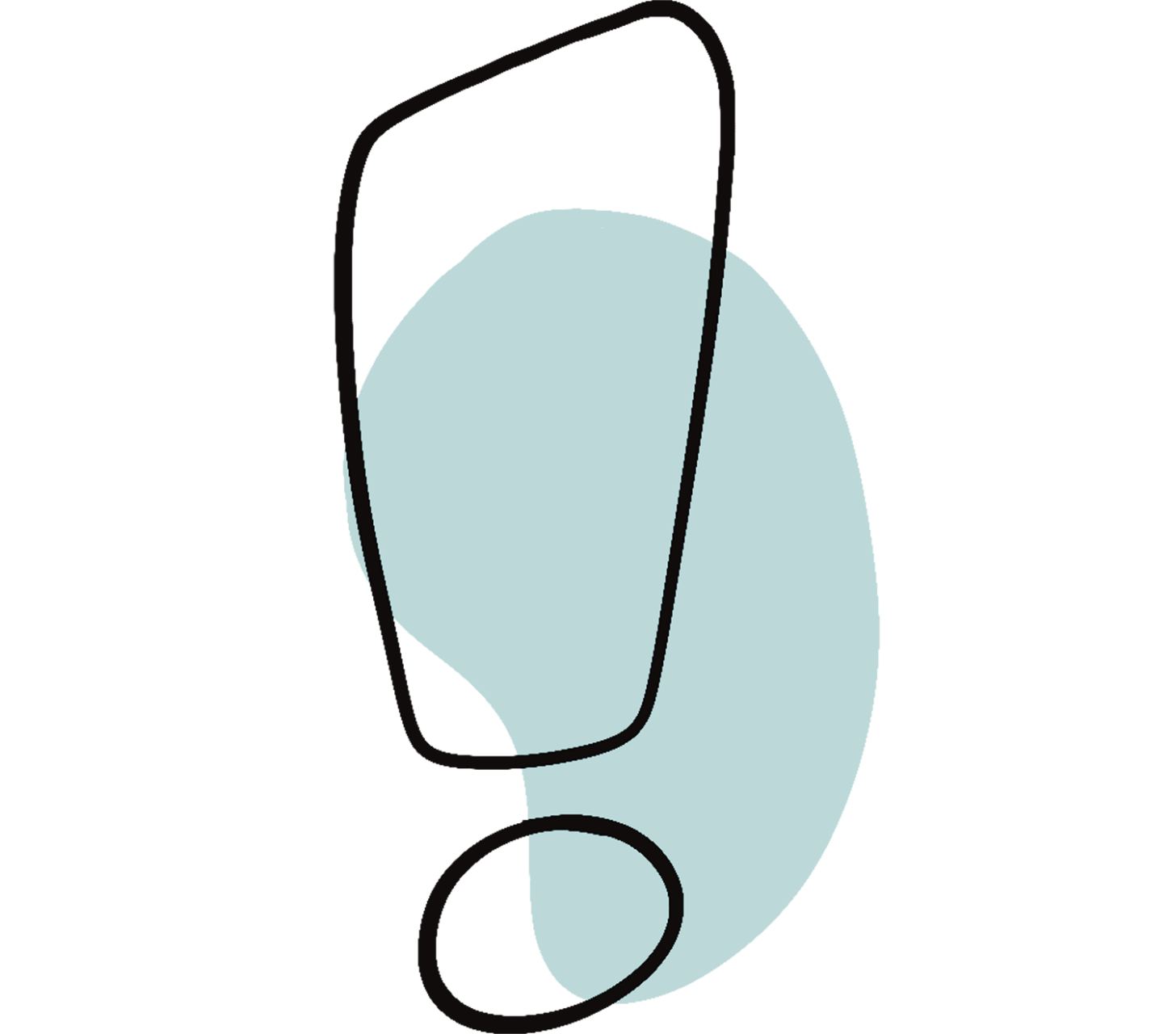
This structure, reflected in the table of contents, should be understandable without further explanation. The goal is for readers to gain an initial impression of what the chapters and subchapters are about from the heading alone.
For this reason, clear chapter headings usually do not consist of just a single word.
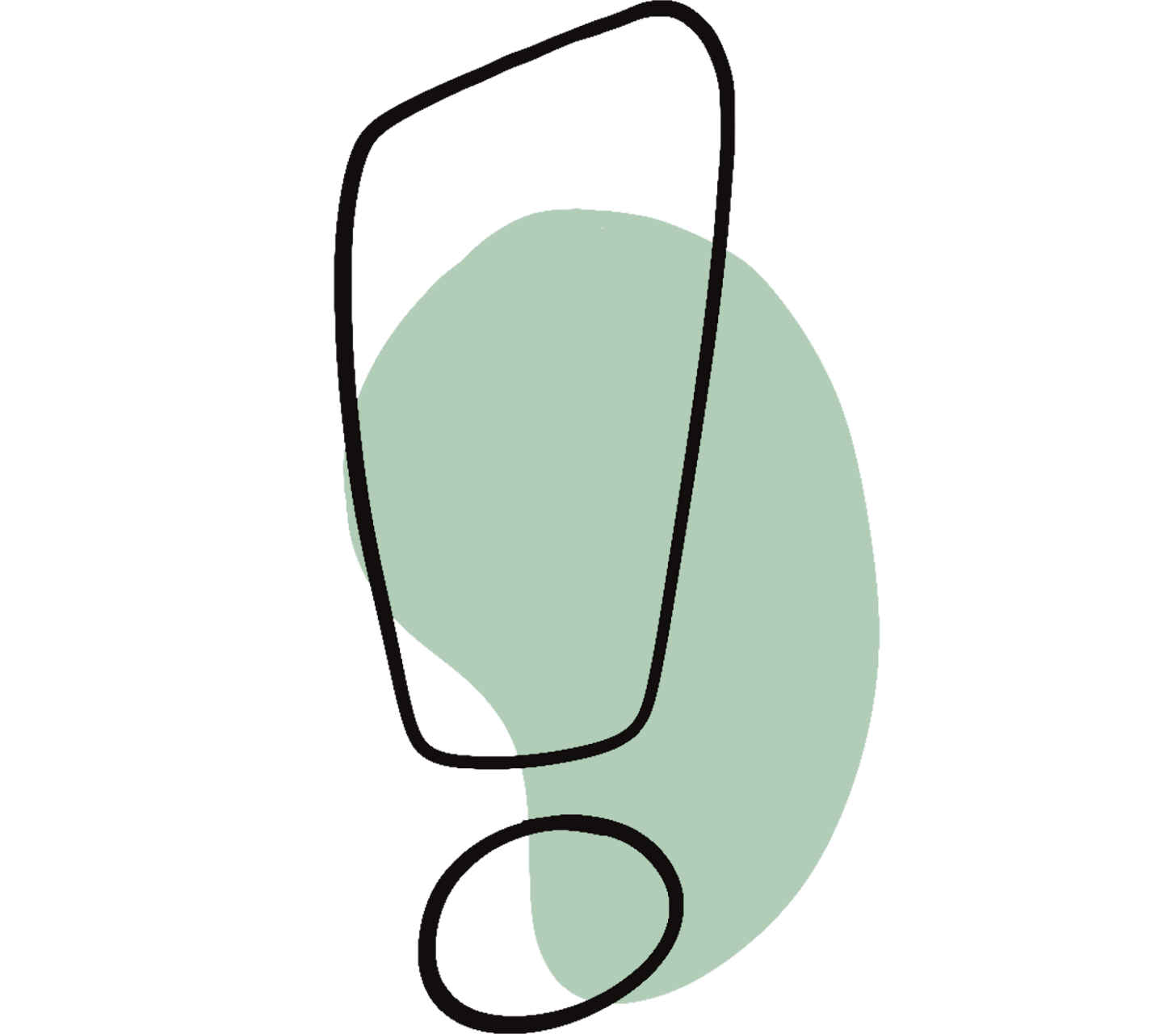
Nominal style is often used, but you may deviate from it. However, avoid mixing styles if possible.
In nominal style, actions are expressed using nouns: “Conduction of the preliminary study”; in verbal style, they are expressed using verbs: “Conduct the preliminary study.”
The paper is aimed at specialists with general knowledge and an overview of the issue. Accordingly, only terms and concepts that deal with the topic in depth need to be explained. However, avoid these in the table of contents if possible.
Depending on the scope and topic of the paper, dividing it into a maximum of three to four subpoints can make it clearer. Often, two levels are sufficient. However, you should never list just one subpoint.

The length of the individual sections depends on the content, and they should be proportionate to each other.
- The table of contents reflects a faulty or unfavorable structure of the paper
- The division principle is not followed, i.e., main points do not form a content bracket for the subpoints, or subpoints do not exclude each other
- The table of contents contains leftover categories such as e.g. “Further Categories” – check whether and where these contents can be meaningfully integrated
- Page numbers are missing
- The heading states the division principle for the following subpoints, i.e., one outline level forms a logical bracket around the subpoints below it
- The subpoints are mutually exclusive in content
- If a chapter has subpoints, there must be at least two
- The content weighting of the subpoints is balanced

What does a traditional table of contents look like?
The table of contents carries the title “Table of Contents” and lists the chapters with their respective numbering and page numbers in the order in which they appear in the text. Page numbers are aligned to the right.
Do I really need a table of contents?
Yes, this is considered standard practice in academic writing.
This article was published in August 2025 and last updated in November 2024.



